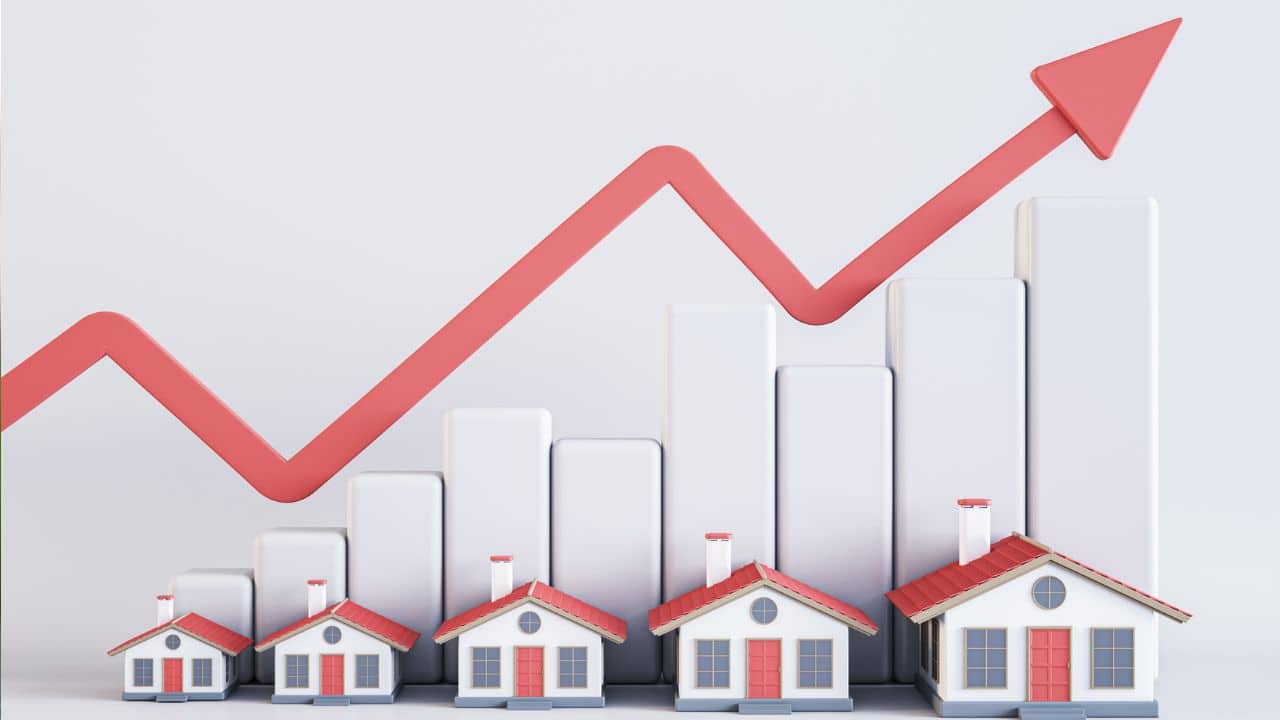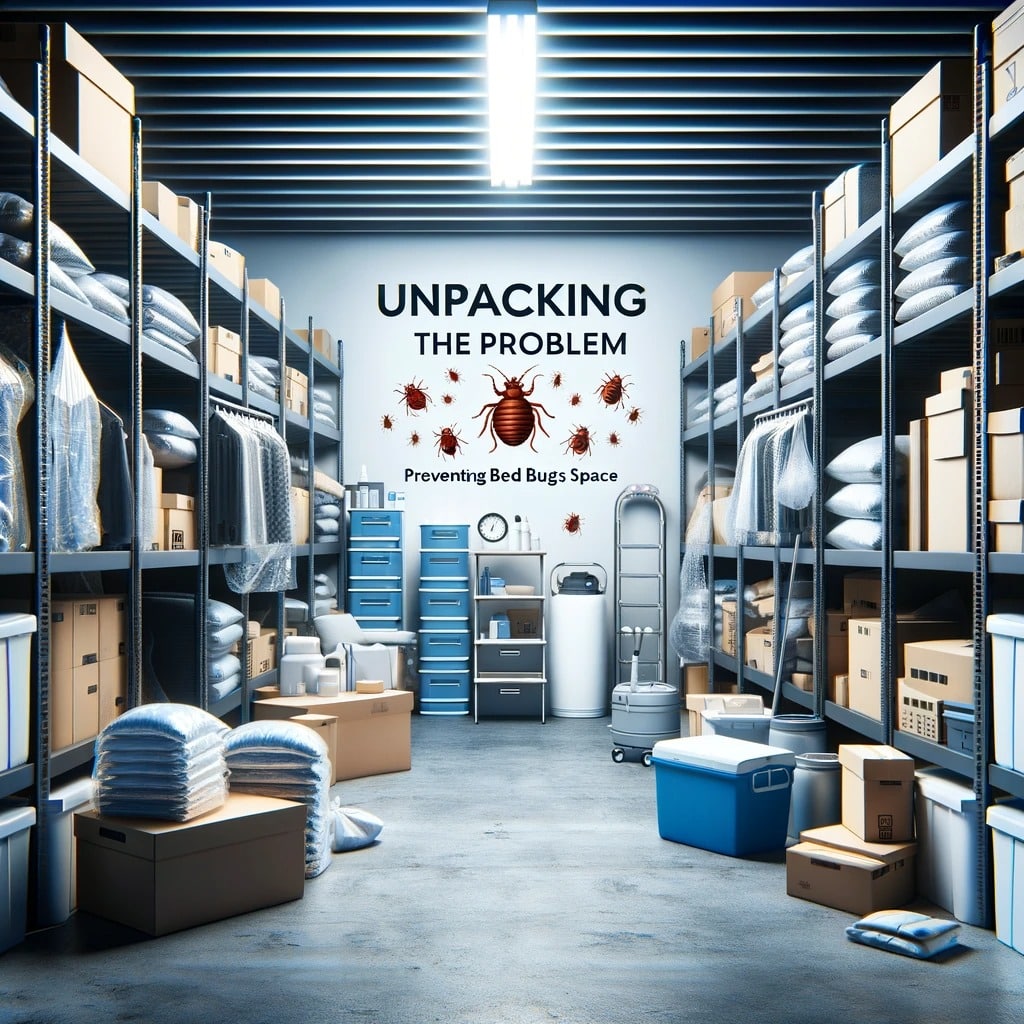One of the most profitable wins in property management is also one of the simplest: keeping residents in place. Every time someone moves out, the costs stack up—lost rent during vacancy, turnover repairs, marketing, leasing commissions, and the time your team spends on it all.
Studies peg the average turnover cost at $4,000 or more per unit. That’s before you even consider the drag of lost occupancy days.
Renewals, by contrast, keep cash flow steady and predictable. But here’s the challenge: how do you raise rent without driving residents away?
That’s where the renewal menu comes in. Instead of presenting residents with a single rent increase—the dreaded “take it or leave it”—you give them structured choices. Tiered options transform renewals from a confrontation into a conversation. And when residents feel like they have control, they’re far more likely to say yes.
Why a Renewal Menu Works?
A renewal menu taps into two simple truths about human behavior: people like options, and they value feeling in control.
Imagine a resident who’s nearing the end of their lease. If they get a notice that says, “Your rent is going up 10%,” the instinct is to resist. The message feels like a demand. But if the same increase is framed as a set of choices, it becomes easier to accept. The resident can decide which option best fits their situation, and that small shift in perception changes everything.
One apartment operator put this into practice with a clever three-tier renewal plan. Residents were told:
- Renew early (by March 13) and lock in $845 per month.
- Renew by April 10 and pay $875.
- Wait until May 10, right before lease expiration, and the rate is $925 (market rent).
The result was clear: residents had an incentive to decide early, they understood the trade-offs, and many chose the lower-cost option. The operator avoided long decision delays, locked in renewals ahead of schedule, and kept rents climbing closer to market.
Options Beyond Timing Incentives
Tiered menus don’t have to focus only on early commitment dates. Another approach is to use lease length as the variable. A 12-month renewal might come with a moderate 5% increase, while a 6-month lease has an 8% bump, and a month-to-month option lands at 10% or higher. The longer the commitment, the better the pricing.
This strategy does two things at once. It rewards stability—something every property manager craves—while still capturing higher income from residents who want short-term flexibility. You avoid vacancies, but you also cover your risk when residents prefer shorter terms.
Some operators also build in upgrade perks as part of their renewal menu. For example, a resident could choose a rent increase paired with a one-time upgrade like fresh carpet, a kitchen appliance swap, or even a gift card. While these upgrades come with some cost, they are usually far less expensive than losing the renewal altogether. And importantly, they send a message: “We value you, and we’re investing in your living experience.”
The Role of Transparency
For renewal menus to work, communication is everything. Residents need to understand not just what the options are, but why they exist. Being transparent about market conditions, occupancy, and the value of commitment builds trust.
Timing matters too. Experts recommend reaching out 60 to 120 days before lease expiration. This gives residents time to weigh their options without feeling pressured. It also gives your leasing team room to follow up, answer questions, and secure decisions early enough to plan occupancy.
Transparency doesn’t just ease the renewal conversation—it creates credibility. When residents see that renewal increases are in line with market trends and that they have real choices, they’re far less likely to push back or shop competitors.
Keeping Increases Reasonable
The renewal menu isn’t a license to push residents to the breaking point. Data across the multifamily industry suggests most operators aim for renewal increases in the 2% to 6% range, depending on market conditions. Anything beyond that risks sparking turnover, unless market rents have surged dramatically.
The point of a renewal menu isn’t to wring every last dollar from existing residents. It’s to capture steady, sustainable increases while avoiding the steep financial hit of turnover. Even a slightly lower renewal rate can be more profitable than a vacancy followed by a new lease at higher rent.
The Numbers Behind Retention
Resident retention is where the renewal menu shows its real power. The national average retention rate hovers around 58%, meaning nearly half of residents move out each year. Every incremental improvement in that number pays dividends.
Consider this: if you manage 200 units and your retention improves by just 10%, that’s 20 fewer turnovers. At $4,000 per turnover, you’ve saved $80,000 in a single year. Those savings go directly to your bottom line. Add in the steadier cash flow from early renewals, and the impact compounds.
Small incentives can go a long way. In one survey, 80% of residents said a temporary discount—such as half off one month’s rent—would convince them to stay. When you compare the cost of that discount to a full turnover, the math is obvious.
Shaping the Conversation
How you present the renewal menu is just as important as the options themselves. The language matters. Instead of saying, “Your rent is going up 10%,” you can say, “Here are three renewal options—choose the one that works best for you.”
This shift frames the increase as part of a flexible package, not a rigid ultimatum. Residents feel empowered, and empowered residents are far more likely to stay.
It’s also worth highlighting the upside of renewing beyond just price. Stability, avoiding moving costs, and keeping the home they already enjoy are all powerful motivators. Remind residents of these benefits as part of the renewal conversation.
A Practical Example in Action
One Omaha resident shared online that while they had never seen tiered renewal pricing before, they appreciated the transparency and early notice. Instead of feeling blindsided, they felt informed. They knew what was coming, what their options were, and what they needed to do to lock in the best deal.
That’s the ultimate test of a renewal menu. It doesn’t just deliver higher retention for the property—it creates a better experience for residents. When people feel treated fairly and given choices, they stay.
Renewal menus are more than a creative tactic. They’re a structured system that balances profitability with resident satisfaction. By offering tiered choices—whether based on timing, lease length, or perks—you increase the odds that residents renew at higher rents while avoiding costly turnover.
For property managers, this is one of the cleanest profit levers available. It’s not about reinventing your operation or adding new expenses. It’s about reframing the renewal conversation so that increases feel fair and flexible. Done right, it’s a win-win: your residents feel in control, and your property enjoys higher retention, steadier cash flow, and stronger long-term value.





